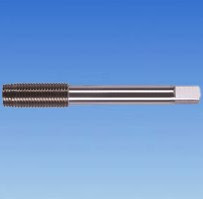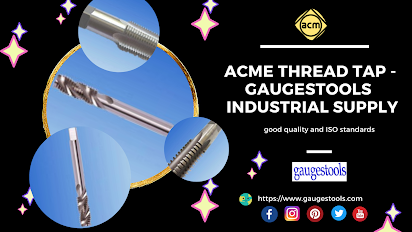All That You Know About the Acme Thread Gauge
A thread gauge has been used to perform a qualitative examination on products made in compliance with a particular thread norm. The thread gauges are available in a wide variety of styles and sizes, and they are compliant with the majority of thread standards. A thread gauge is a relatively basic term in which it is connected to a mating thread to ensure that the thread of the element fits the thread of the gauge. The acme thread gauge is used to measure the external and internal gauges properly.
Even before 1895, Acme threads were developed to
replace square threads and a number of other threads, mostly for the purpose of
generating traversing motions on devices, equipment, and high-pressure jobs.
Acme threads are commonly used for jack screws, lead screws, CNC devices, and
various other uses. Lathes, milling machines, and presses are also examples of
industrial applications that need high torque and power transfer, which use
acme thread gauge. Acme thread gauge is wider, thicker, and
squarer than regular V-shaped threads, with just a 29-degree angle. As a
result, they are the perfect option for power generation and load carrying.
Thanks to its high availability, this gauge has been
used worldwide by people. Pretty much across the board, acme screws outperform
regular threaded rods in terms of wear, load capacity, and tolerances. Since
the fibers are thicker and longer, they work best in conditions that contain
soil and debris.
ACME threads are made out of stainless steel,
although other alloys can be used. Several matching fittings are available for
the use of AMCE-threaded tubes, studs, and lead screws, in addition to a wide
range of fasteners. Matching fasteners are available in rubber, brass, and
stainless steel.
If you are also planning to spend some money on
the acme
thread gauge, make sure you get it from Gauge Tools. Visit us
at https://www.gaugestools.com and
look at the range of products we have for all our customers. Also, get to know
more about our products.




Comments
Post a Comment